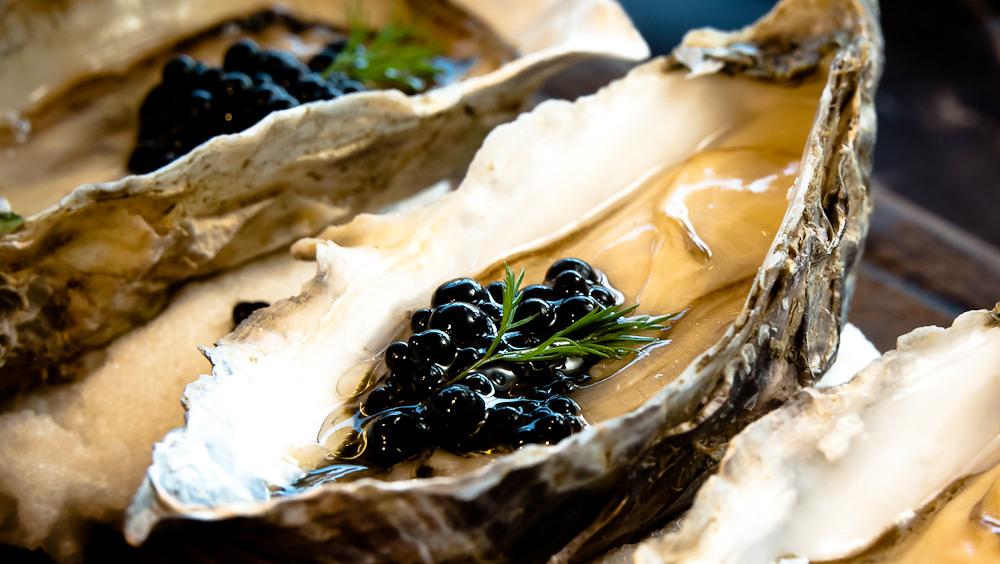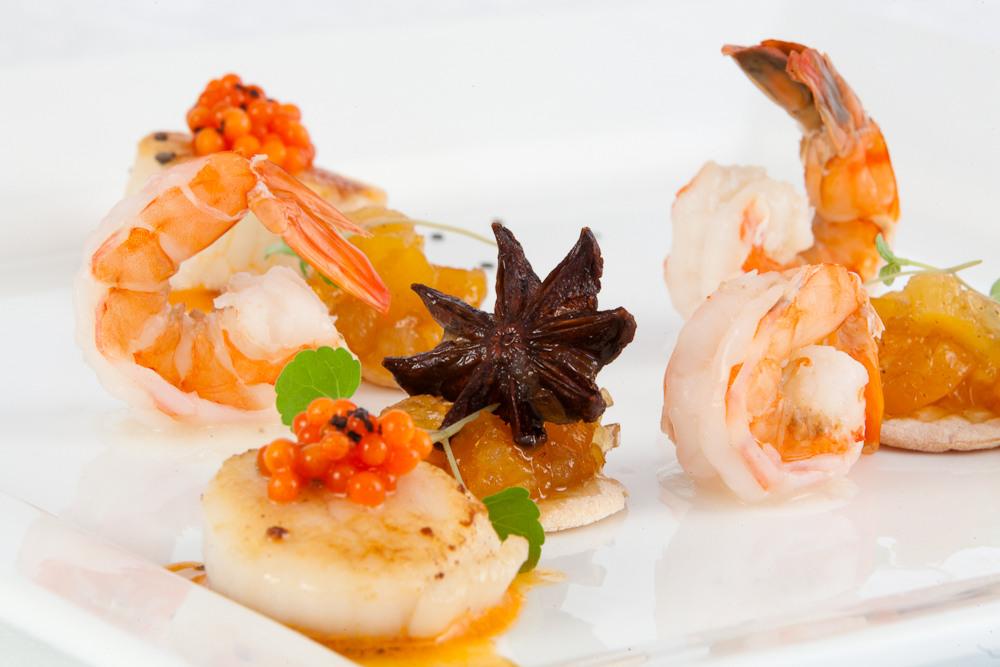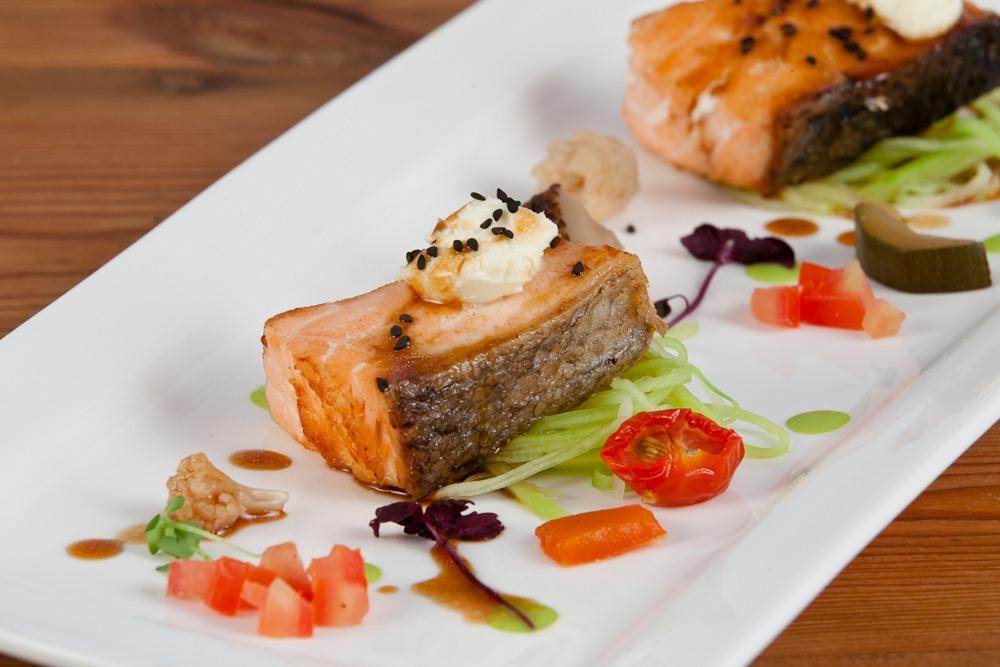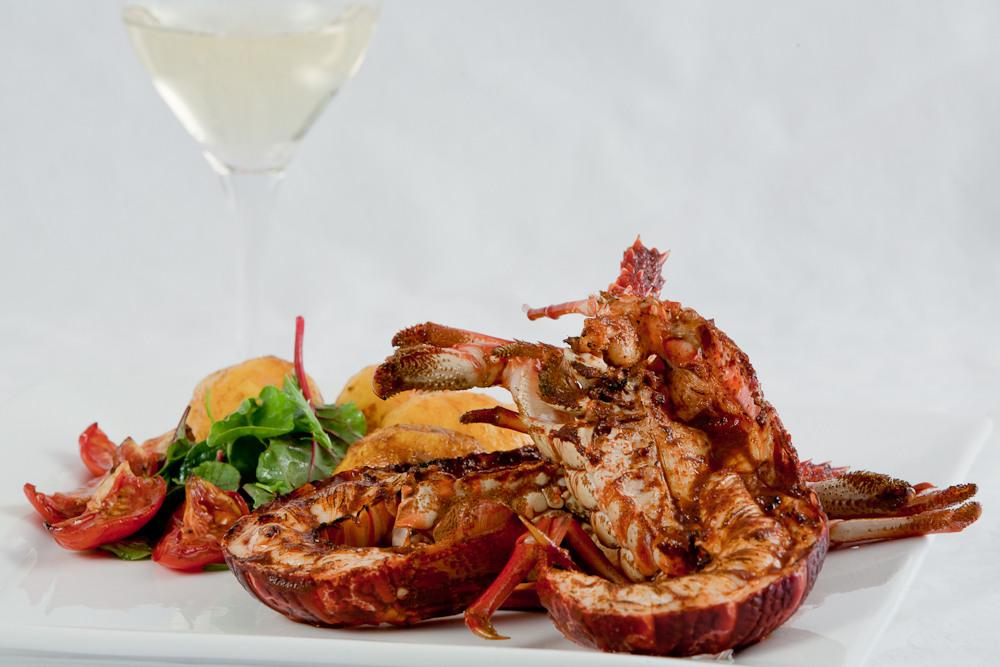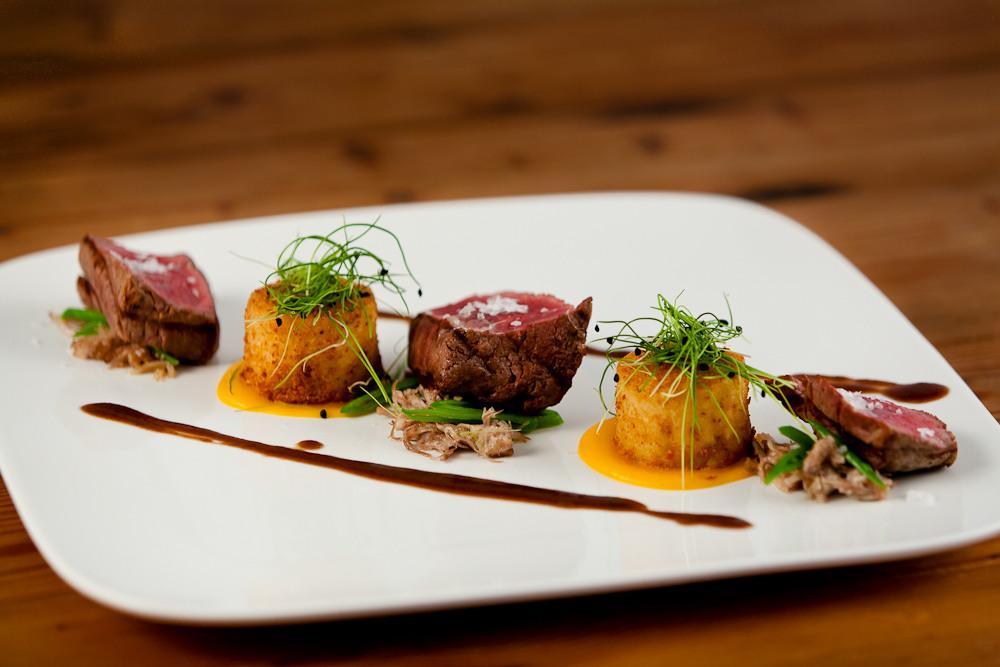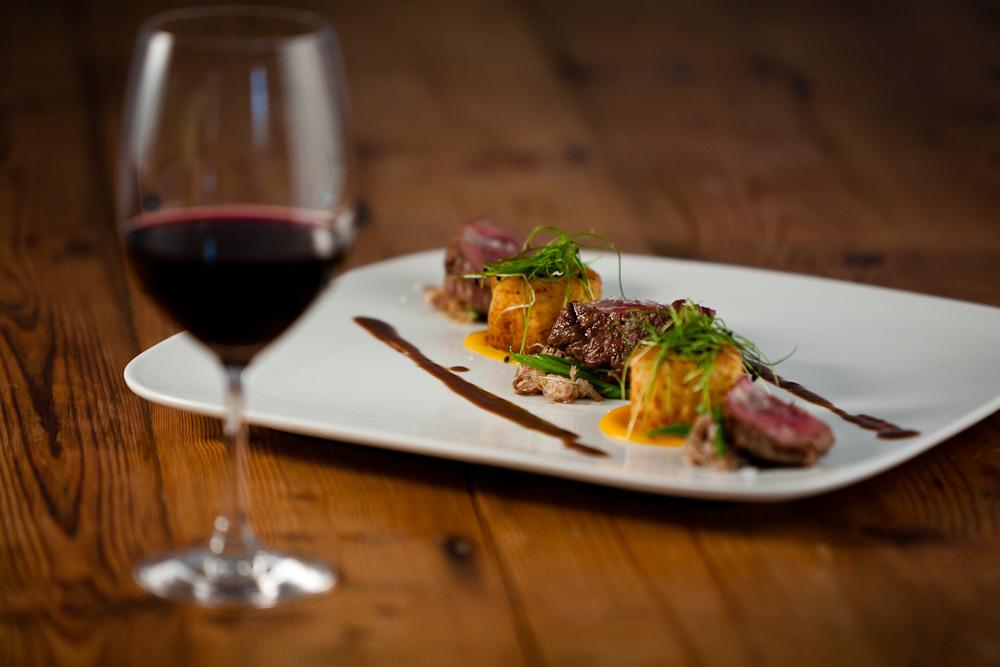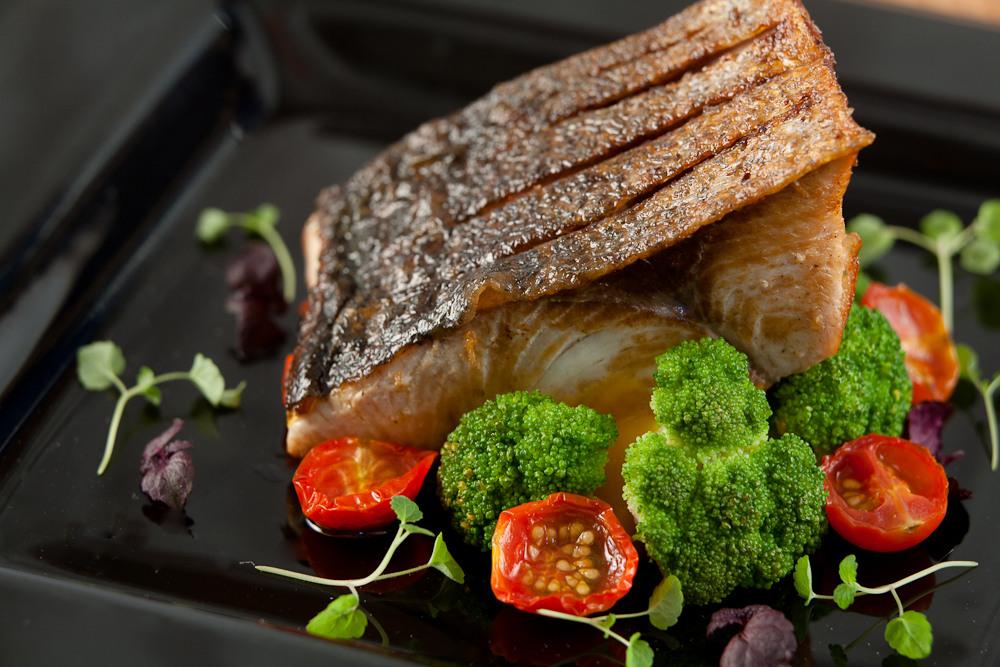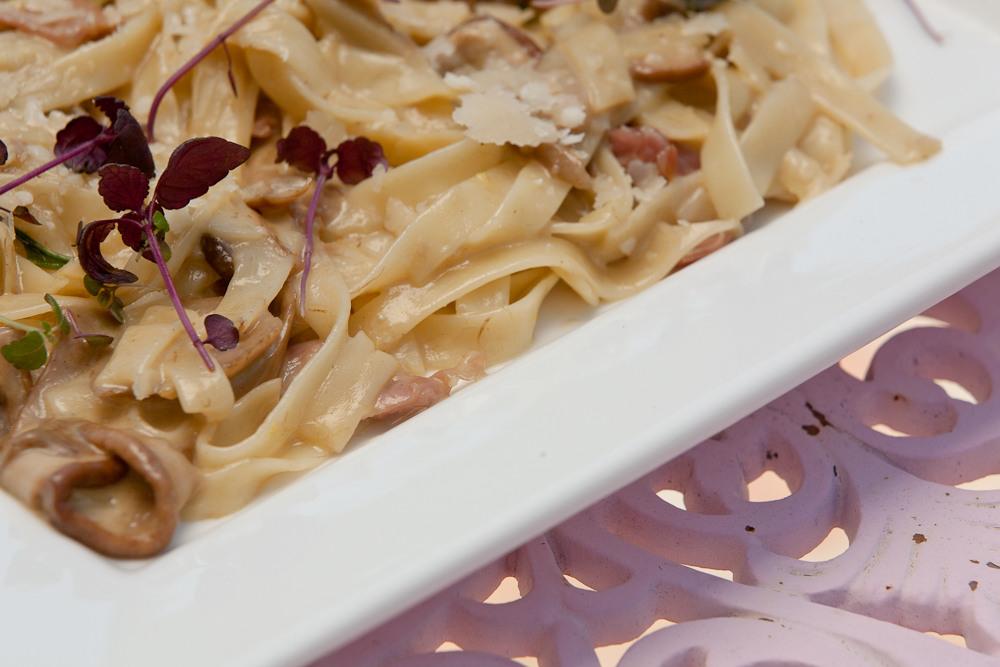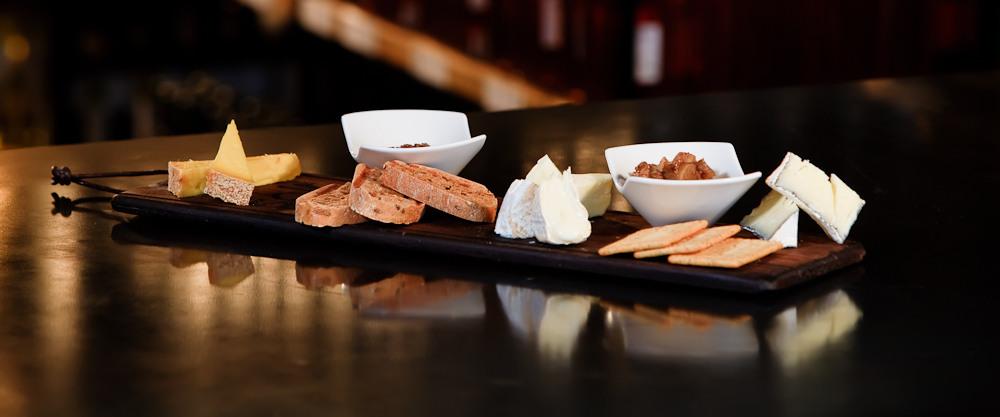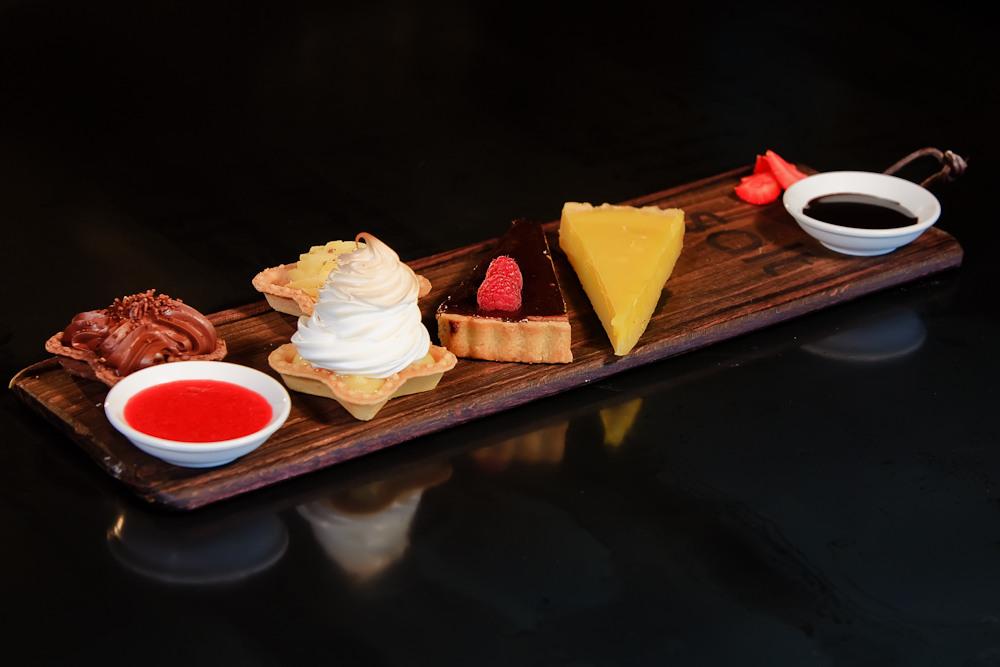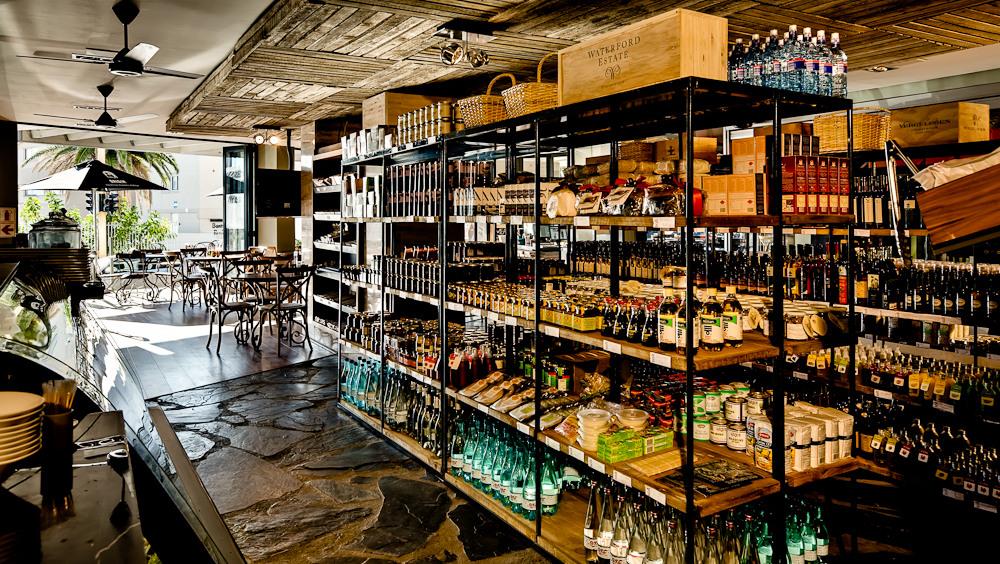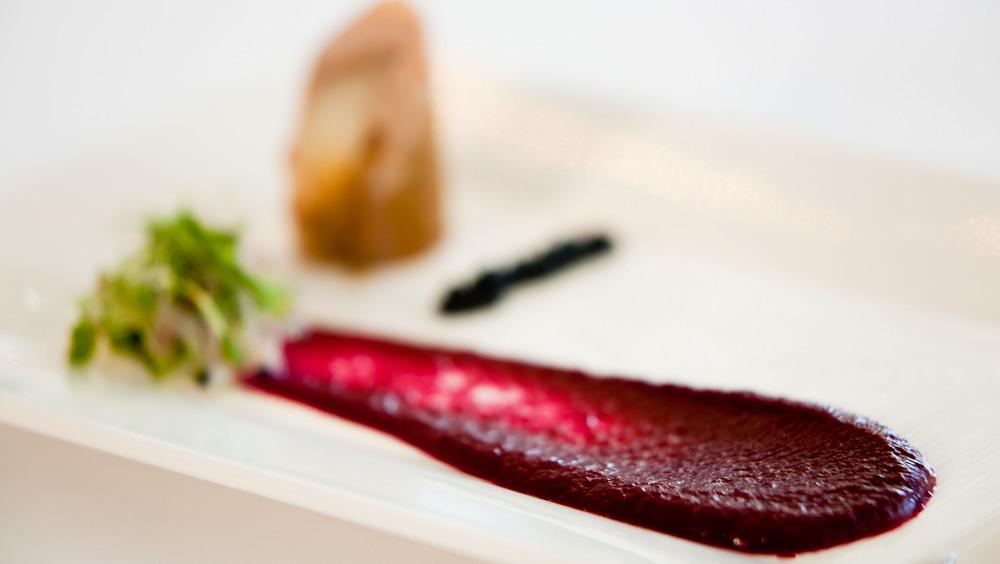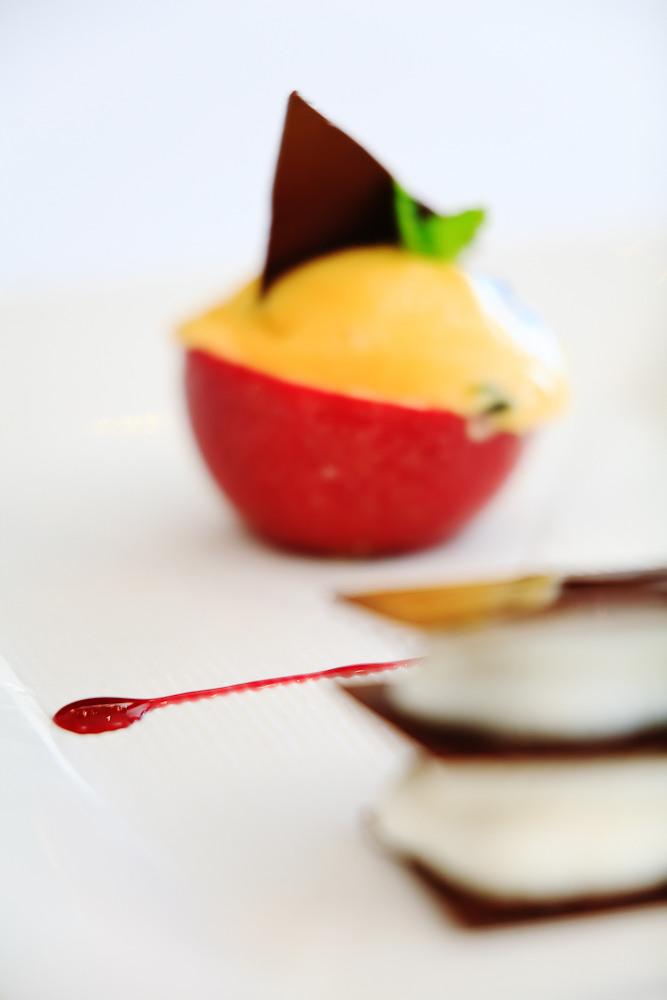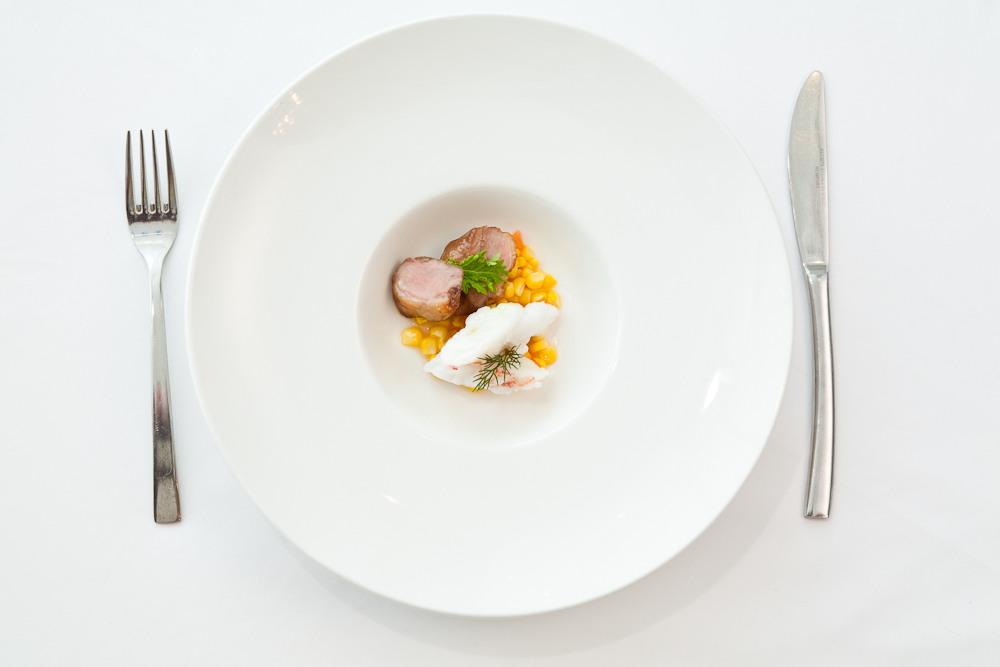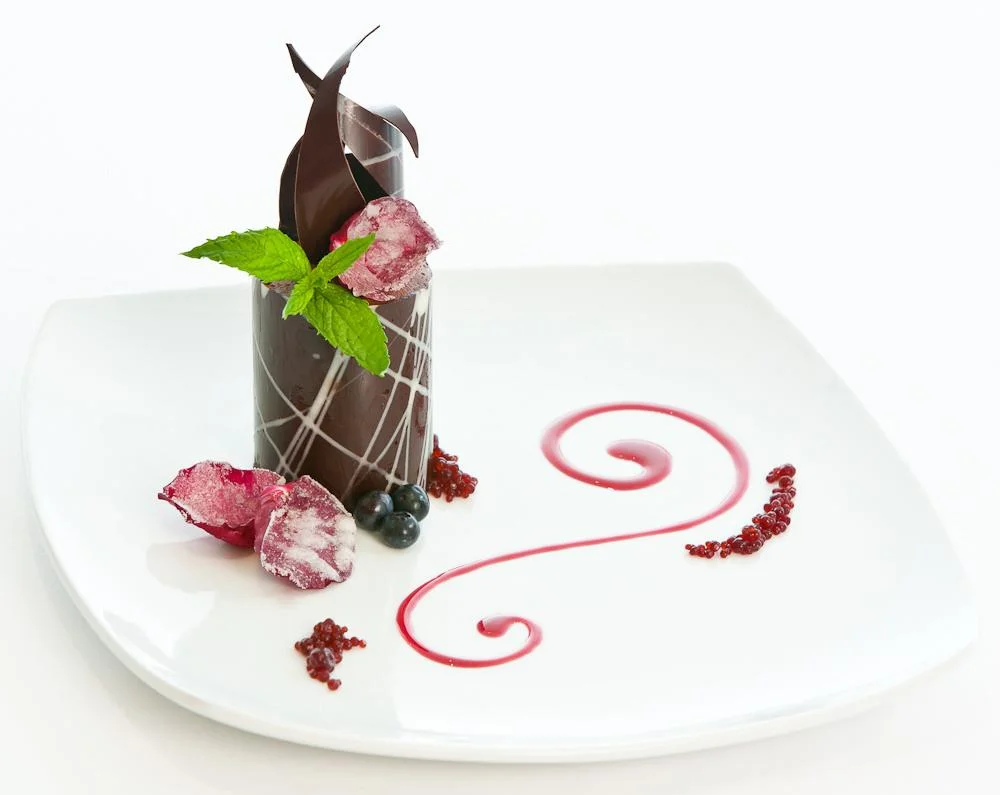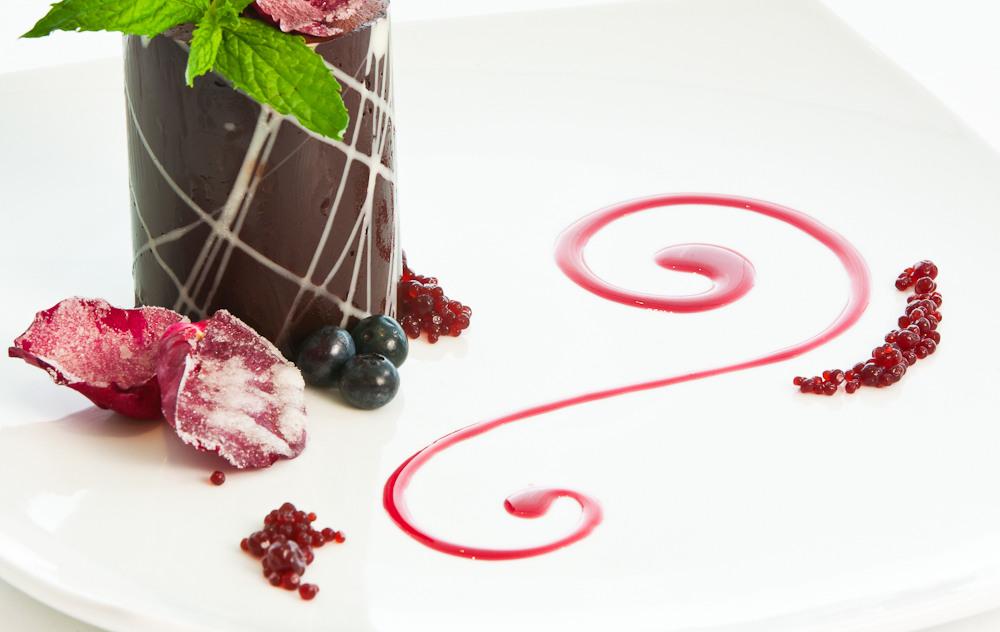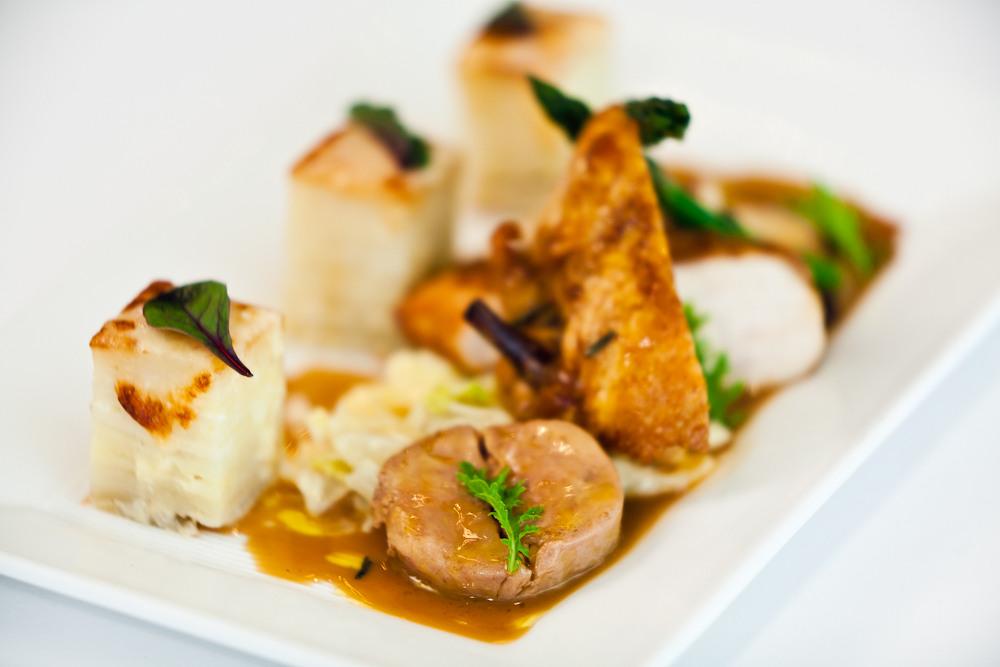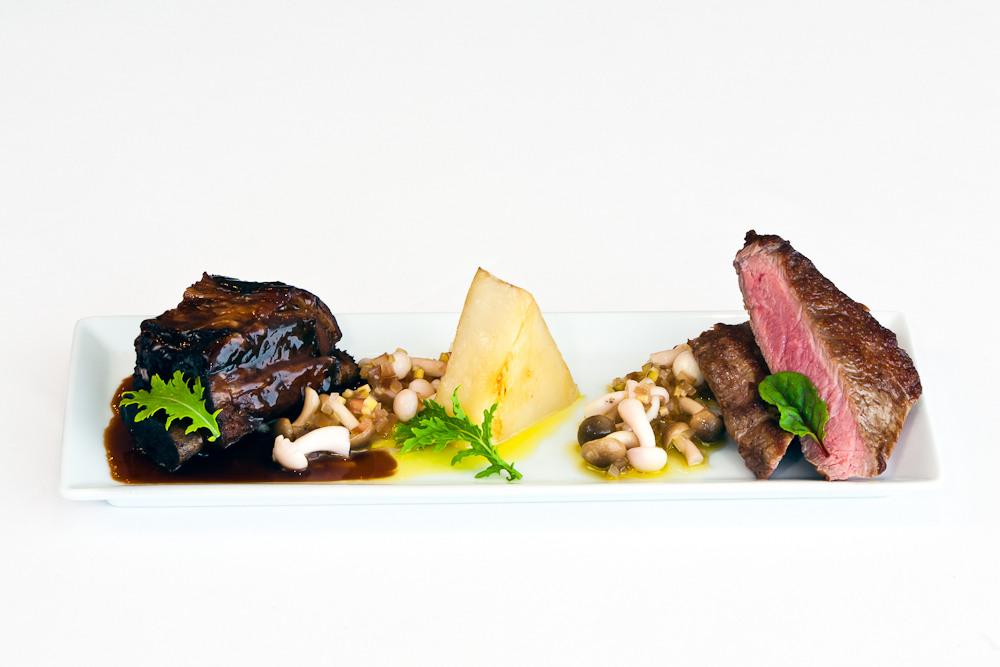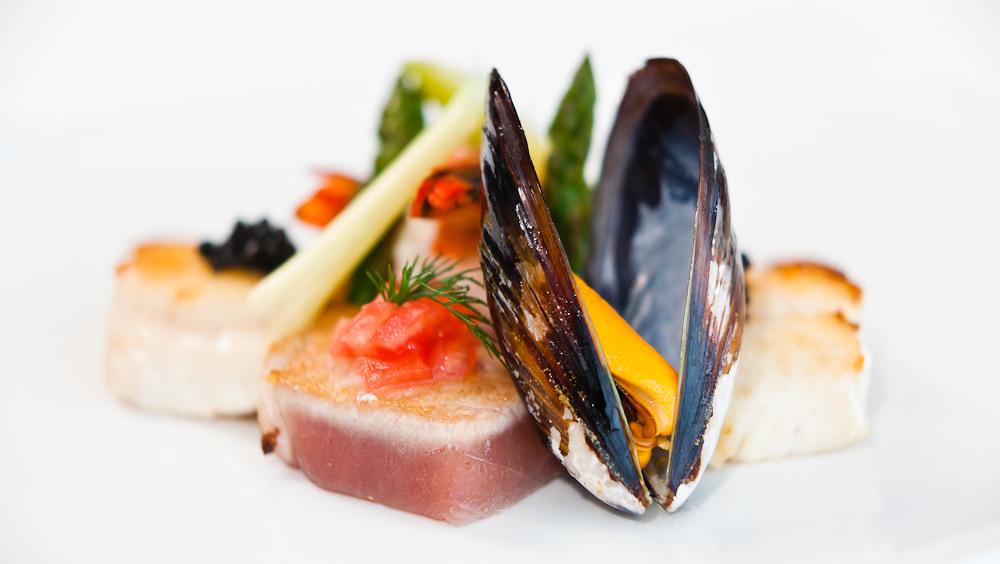Delicious Food Photography by Hamish NIVEN
Hamish NIVEN is a photographer based in the Western Cape of South Africa, specialized in architectural and interior / exterior design photography, equine and food photography. The details of this food photography set consists in correct lighting needed to take culinary presentation to the next level...
Tell us about something about Namish NIVEN?
Hamish NIVEN Photography was realized when working in the TV industry in the UK. My fascination with visual imagery began when I took my mothers little camera and began photographing birds in the garden. I purchased my 1st camera aged16, a Ricoh KR10 which was a superb machine. After studying Electrical and Mechanical Engineering at Liverpool University, I made my way into the TV industry in London where I was very fortunate to find an amazing mentor. He taught me about lighting and how to use light to tell a story, to paint a picture and how to use lights to complement a scene.
We worked together for 3 or 4 years, going to some incredible places and interviewing some amazing people. Armed with my next camera, a Canon 50E, I traveled the world with the BBC, Channel 4, HBO and various other TV companies. Highlights include going into the Pyramids, through Jordan, Israel and up to the Syrian border, around the entire coastline of Ireland and from the East Coast to the West Coast of the USA. It was a wonderful opportunity to take photographs and more than a few were used in books and articles about the documentary or programme. My trip to Jordan and Israel financed 3 Tokina lenses from B&H Photographic in New York, and several months later I purchased a Canon 3. I spent two years making cooking programmes with Antony Worrel Thompson and Gary Rhodes. Watching wonderful food being prepared and presented piqued an interest in food photography, something I dabbled with a little but never had the opportunity to explore fully in the UK. My career in the TV industry came to an end in 2003 – when my position as assistant changed to that of cameraman. TV was evolving and moving more in the direction of live TV. I was not prepared to be drawn into the heady world of reality TV programmes where the cameraman was a moving tripod for hundreds of hours a week, the camera was a hover for noisy images, rhetoric and inane prattle from wannabe stars. The loss of creative input as well as other extenuating circumstances prompted me to leave an industry of movement and immediacy concentrate on single moments captured onto one frame and frozen in time.
The Sunday Times Travel Section and a timeous phone call took me to Tuscany to photograph houses, homes, castles and villas for holiday travel. This was a wonderful opportunity to explore another avenue - architectural and interior design photography, using natural lighting and available lighting and occasionally complimented by flash. My 2nd trip to Tuscany was with a digital camera - a Canon 20D, and opened up a new world of speed, time saving and less consumables. It was immediately apparent that the Tokina lenses, whilst super for film were not nearly good enough for digital, and I had to make the move to Canon L series lenses. Expensive yes, but worth every penny for the superior quality work that they produced. In 2007,two years after marrying my South African girlfriend I set sail for South Africa and set up a photography business in Cape Town. Just before I flew out to South Africa, I decided to invest in some formal training in studio photography - an eye opener. Our first session encompassed photographing the male nude.
A pretty 24 years old blond boy stood in front of 5 men and 4 girls and we were shown ways to light him - artistically, and aesthetically - using the human form as a canvas and as a vehicle. These and subsequent lessons were wonderfully helpful in learning to use studio flash and having started a great rapport with the photographer lecturer, I assisted him on half a dozen shoots before departing for South Africa. My leaving present was a Canon 5D, and a Canon 16 - 35 F2.8 L series. By the time I landed in Cape Town, I'd secured commissions to produce a 5 minute video for my neighbour on the place, who by lucky coincidence owned a wonderful house in Camps Bay. By the end of my 1st week, I met up with the marketing company who managed the property and they'd just lost their photographer, so I stepped in.
I was fortunate and had opportunities handed to me on a silver platter. However, it was a challenge to build a reputation and a portfolio in a new country, but I made a mark in the Western Cape of South Africa. South Africa was the start I needed. The Wild West of 21 century Planet Earth, opportunity and risk - if you were prepared to play the game. I could work till I dropped, and frequently did just that. Canvassing estate agents, villa owners, architects and grasping all manner of opportunities as they appeared.
Why you like photography?
Photography is a hobby, a passion and I find it a pleasure. Our world is dominated by images, more and more every day as the Internet becomes a 7th sense. Commercially I love my job, I get paid to do what I love and by default I put passion and care into my work. I capture moments, each moment is lost to the next, held by memories, or captured moments. When I get a chance to do my own photography, I can lose half a day or more, get sunburn or realize I am numb with cold. Like cooking, photography is an escape, a relaxation and into my world of me and the camera.
What are some tips you could give to people that really like your work?
• don't just take one photo when 2 or 3 will do, digital capture is cheap, you can always delete 2 good ones and keep the best. • be positive • practice, look, give yourself a project and shoot that, go through all the photos as soon as you are done • look back through your day's shoot and look at the details on the images you like such as aperture setting, shutter speed • return to the same location at differing times of day several times over several months • spend a day shooting only with a telephoto lens at its tightest setting • and the next with your wide angle lens at its widest setting • practice • spend a day shooting at F22, or as wide as your lens can shoot • shoot with a tripod, frame your photo up with one eye, take that, frame up with other eye and see the difference - which one do you like better? • Use forums and ask people, share you images • practice • don't worry if you make a mistake, that is why you took 2 or 3 photos of the same shot (see above)
Can tell us more about the projects that you are working?
I am about to spend 2 or 3 months traveling around much of South Africa and into Southern Africa working for the Protea Hotel Group. I will be updating their marketing photography for 2011 and beyond. Many of the hotels have undergone refurbishment and it is an opportunity to introduce a new images into their catalog of hotels around the country.
What about your equipment?
• Canon 5D mk2 & Canon 5D • Canon 16 - 35 1:2.8L USM • Canon 24 -105 1:4.0L IS USM • Canon 70 - 200 1:2.8L IS USM • Canon 300 1:4L IS USM • Manfrotto tripod, head and Manfrotto panoramic head
Where do you find inspiration and why you like photography?
• from watching the shadows playing in a space where I am working • from the interaction of materials, textures, colors, surfaces and space within an interior or exterior • from the aromas, colors and textures in a food shot • from an understanding of my art, of my tools and how I use them, and trying new things • from gestures or mannerisms that people subconsciously place in whatever they do • magazines, print and web, tv, film. • photographers & cameramen, styles that I like • from a feeling, from experience to know what will work and what should or may work
What's your creative process like?
The most important thing for a creative process is a thorough brief from a client.“We need some photographs of our office” is not a very helpful request. Requirements for a shoot have to include: • brief for the shoot
• an understanding of what the images will be used for • print - brochures, books, magazine, flayers • web - adverts, images in a website • local knowledge - location, sunrise, sunset, time sun is on the location • model / product / subject • designer / stylist and their input
Commercially “Every image must tell a story” each photograph needs to sell the product, tell a story about that item that office or space, that person or service. So my creative process is to take all the facts and figures, combine them with what I am seeing and what is required and then intuition and experience take over. The mundane is as important as the exciting shoot from a helicopter or fast boat, and photography being a passion means I put all into each shoot. The creative process is a good cup of coffee in the morning, and then onto photography – It's intuition, observation, it's taken from the inspiration below and its then taking the photos and enjoying doing that!
***
Thank you very much Mr. Hamish NIVEN, for the collaboration with us in order to make this great article. The pictures in this set are sensational. Good luck with all your projects, hope you will have more contracts with big names in order to catch the beauty of new places. We are pretty sure that in the near future we will feature some of your travel photography as well.
